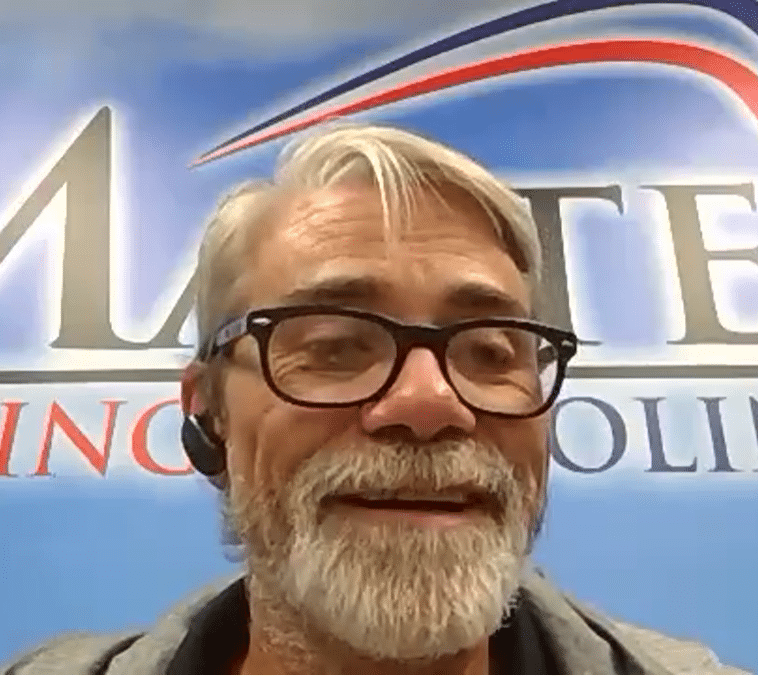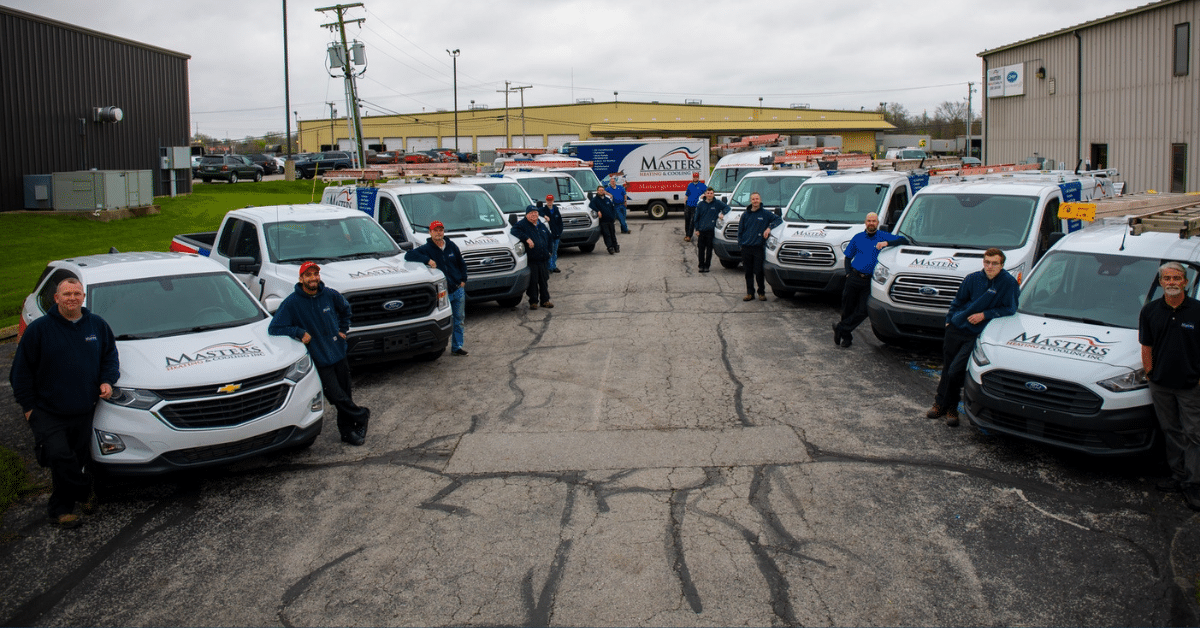Since 1980, Master’s Heating and Cooling has been dedicated to serving the Greater Fort Wayne, Decatur, Angola, Indianapolis, and Greenwood areas with HVAC services. With five successful locations, Master’s recognizes that everything starts with their employees. By investing in ongoing training, they continue to exceed industry standards.
Mike Cole is the Training Manager for all five locations, and below, he shares his experience using Interplay to upgrade and modernize technician training.
The Original Simulator
In my 28 years of experience in heating and air conditioning, I’ve done it all. From digging underground ductwork to managing advanced projects, I know the ins and outs of the industry.
They like to keep me around because I’m the techy guy who knows where all the wires go. I love reading manuals and diving deeper into understanding HVAC systems more than the next guy, and long before Interplay’s simulations came along, I was the original simulator.
My role is to instill confidence in customers–that we know what we’re doing. Training is how we do that.
On one floor of our building, we have four pieces of equipment that I like to sabotage to create real-world scenarios for our install and service technicians. From “birds” in vent pipes to Kleenex-plugged gas lines and drains, faulty switches, and dead warranty control boards, I have a lot of fun simulating problems our team might encounter in the field and letting them figure out what’s wrong.
Sabotage on real equipment is an important step in the tech learning process as it helps them become more confident and professional-looking when the customer stands over them. But now, I have Interplay as my sidekick to teach them the “why” of things and give them even more situations for troubleshooting practice.
A Dedicated Space to Learn
Interplay has transformed the way Master’s Heating and Cooling operates in so many ways.
Before, we mostly relied on HVAC Partner training and offsite courses, but the content was limited, visibility into skills was low, and it was challenging to grow our workforce quickly. Now, with Interplay, we also have tools to recruit, train, and develop our workforce in-house.
We are currently remodeling our offices. We have painters and drywallers working upstairs, building out a proper training center that I’m excited about. Along with more laptops, a 70-inch projector screen, and our big equipment, we will finally have a space for a proper VR setup.
Recruitment and Onboarding
One of the biggest issues we faced with offsite training was having our technicians picked off by other companies. One spring season, we lost five technicians this way. By bringing training in-house, we have an easier time keeping our workforce and save on rehiring costs.
We’ve also started using our techy training to attract candidates through online and TV ads. Job-seekers can see that we’re a company willing to invest in their development and won’t just send them into the field unprepared. This approach has not only helped us attract talent but also helped with retaining our techs who see we have a plan for them.
When our new hires begin their onboarding journey, everyone takes the Interplay skills assessment so I can gauge their existing knowledge. Then, Interplay helps recommend which courses are best suited to each individual. During their first two weeks, they spend time with me, and we go through Interplay’s fundamental courses together to get them up to speed in a personalizable way.
Safety Meetings and VR
We’ve also added Interplay to our Wednesday morning safety meetings across all locations. With large TVs connected to laptops, we project Interplay’s content, making the meetings more engaging and interactive with quizzes at the end. It allows us to train multiple sites simultaneously, promoting consistency in our safety practices.
But what really gets everyone excited is virtual reality. I personally invested in a VR headset for fun, but it turned out to be an amazing tool for training.
The techs don’t want to read a book. They’ll just put it down and forget everything. But if you make them do VR once or twice, it sticks in their brain on how to do things. They get in there with their controllers in their hands, and they’re manipulating it in that virtual reality world.
Our technicians compare it to their video games, and that helps make learning engaging and memorable. It’s a powerful tool for hands-on learners, and we can’t wait for our VR space to be ready.
EPA Certification Made Easy
Hands down, the biggest benefit of using Interplay is the way it revolutionized the process of obtaining EPA certification. It is now accessible, efficient, and lightning-fast.
Michael’s Story
Michael joined our team on a Monday without an EPA card, which everyone has to have to work. The traditional approach of paying a supply house $100 for a test packet and study guide would have meant weeks to potentially a month of uncertainty and self-guided study before Michael could get certified (if he passed).
Michael was the first tech we ran through Interplay’s EPA classes. He did the training on Monday and Tuesday. At the end of Tuesday, we scheduled his test for Friday, and by Friday morning, he took his EPA test and left the office with his card in hand and a big smile on his face!
Despite his initial apprehension as a self-proclaimed “bad test taker,” Michael went in confidently and got his Universal EPA card on the first try.
The secret was the structured and practice-oriented approach offered by Interplay. This is a significant departure from the traditional method of getting certified, as we now can monitor our technicians’ preparation and progress. It’s no longer a guessing game; we can see their engagement with practice tests and courses. Plus, I can proctor the exam right here in the office.
Michael’s experience shows how much more efficient, confidence-building, and incredibly fast Interplay’s EPA certification process is than the old way. It’s undeniably one of the most valuable tools we’ve gained from our partnership with them. The faster we can get these folks certified, the faster we can get them working.
Improving Job Performance
As a trainer, I don’t have much time to dedicate to each person, so the amount of content available on Interplay is very helpful when teaching our team the fundamentals. The videos and simulations provide hands-on experience that helps technicians understand the “how” and the “why.”
Concepts like airflow, comfort, humidity, static pressure, and the basics of electrical systems can be time-consuming to explain. Now, I can set them down in the office on laptops, and they train on the computer for a few hours. We go to lunch, train some more, and then they have retained that critical info.
It helps a lot to have Interplay as a supplemental resource to teach the basics so I can spend more time alongside them as a mentor.
Luther’s Story
Luther, one of our seasoned installers, was really good at physically installing HVAC systems. However, there was a significant gap in his understanding of what happened inside the units he installed.
He was the kind of technician who could take a system out and replace it, but when it came to the technical aspect, he fell short. He lacked an understanding of concepts like superheat and subcooling and the fundamentals of electrical systems.
Typically, after Luther finished an installation, another technician would have to be dispatched to start up the equipment due to his lack of understanding of how gauges worked. While Luther could handle the physical work, he struggled to finish the job independently.
In response to this challenge, Luther spent a week of intensive training with me in Fort Wayne, Indiana, focusing on filling these knowledge gaps. He dove into Interplay courses, covering critical aspects of HVAC systems before we’d take to the real thing.
The result was a remarkable transformation. Luther emerged from his training as a more well-rounded and confident technician who could install equipment, start it up, and complete the job independently.
His service manager noted Luther’s rapid progress and the major improvement in his skills. His enthusiasm for training was clear. He returned from Fort Wayne full of excitement, sharing all the knowledge and insights he had gained from the experience.
Luther’s story is a good example of how a training tool like Interplay can bridge knowledge gaps and turn skilled technicians into confident professionals, ultimately benefiting the entire team.
Interplay has been instrumental in supporting our technicians’ growth, and it’s incredibly rewarding to see individuals like Luther thrive with the added knowledge and confidence.
Skills Assessments, Remediation, and Callbacks
The introduction of skills assessments has allowed us to identify where each team member stands regarding knowledge and expertise. This helps us ensure that the right technician is sent on the job, reducing the need to send senior techs to fix issues caused by less experienced team members.
We also use these assessments for remediation purposes. When recurring issues lead to callback increases, we can pinpoint the problem through assessments, and then the technicians get sent to me for mandatory training on Interplay. Together, we work through the courses and hands-on scenarios associated with the issues they’ve been facing, and then I send them back into the field better off than before.
Our commitment to training is also reflected in our annual employee reviews. Managers now consider the number of courses completed on Interplay when deciding on raises and other benefits. The visibility Interplay provides into our employees’ skill sets is a tremendous asset. We can easily track what everyone is doing, eliminating the need to be physically present in all locations.
A Transformation in the Training Process
The difference between using Interplay and previous traditional training methods is significant.
Interplay brings a lot of things together. Our EPA certification process, safety training, and overall skill development have improved dramatically. It allows us to provide continuous training, even during our slow periods when technicians don’t have service calls, ensuring they’re always productive and improving their knowledge.
I’m excited about the positive impact it has had on our team and our business as a whole. It has truly been an invaluable resource that helps me mentor and support our technicians’ growth. It’s incredibly rewarding to see individuals thrive with the added knowledge and confidence, and it makes me feel good to play a part in their transformation.

Training Manager, Master’s Heating and Cooling
Mike Cole, the Training Manager at Masters Heating and Cooling, combines a B.S. in Criminal Justice from Trine University with extensive HVAC expertise since becoming a Journeyman in 2001. With 28 years in heating and air conditioning, his hands-on experience spans from groundwork to leading complex projects.









